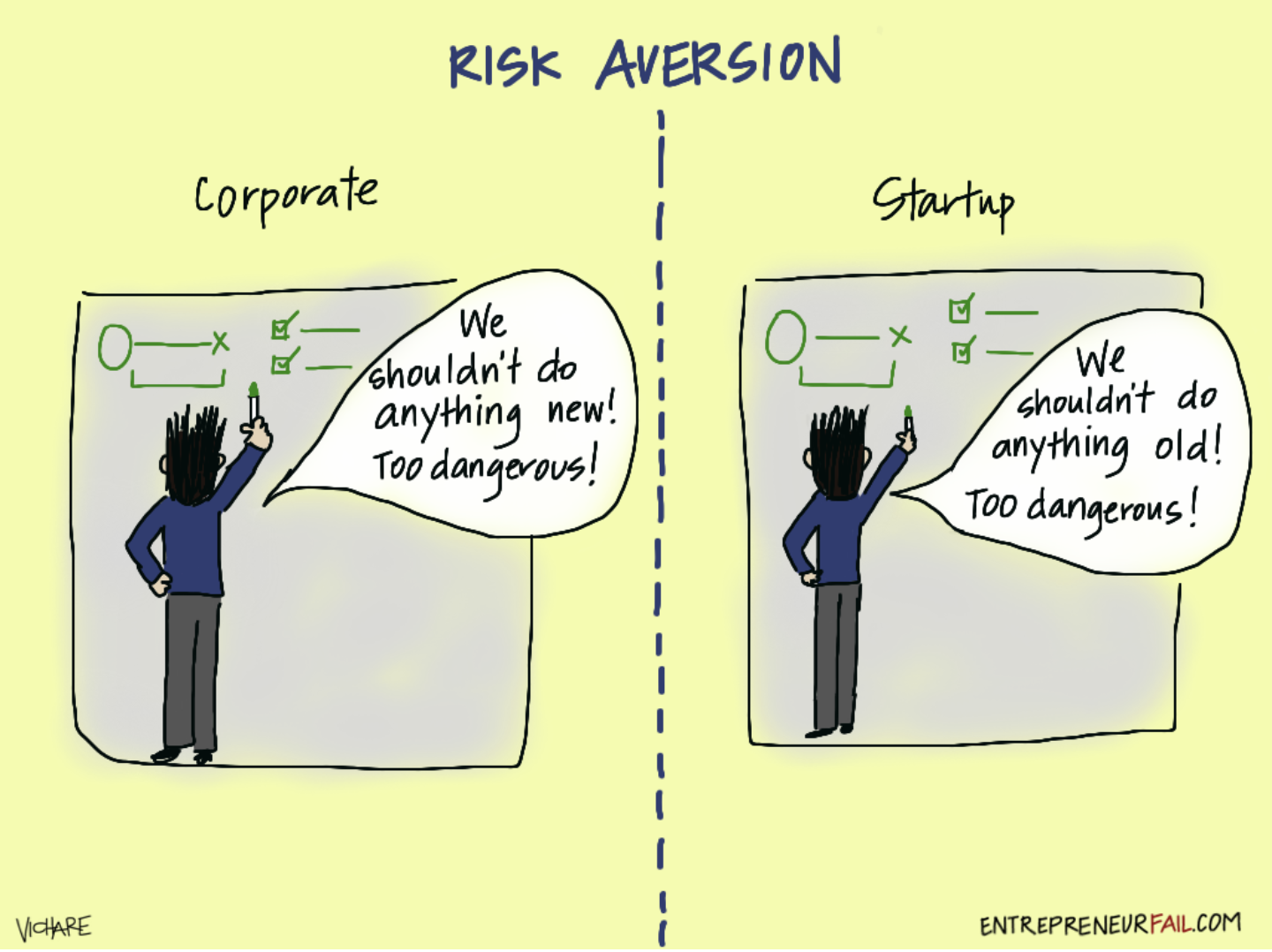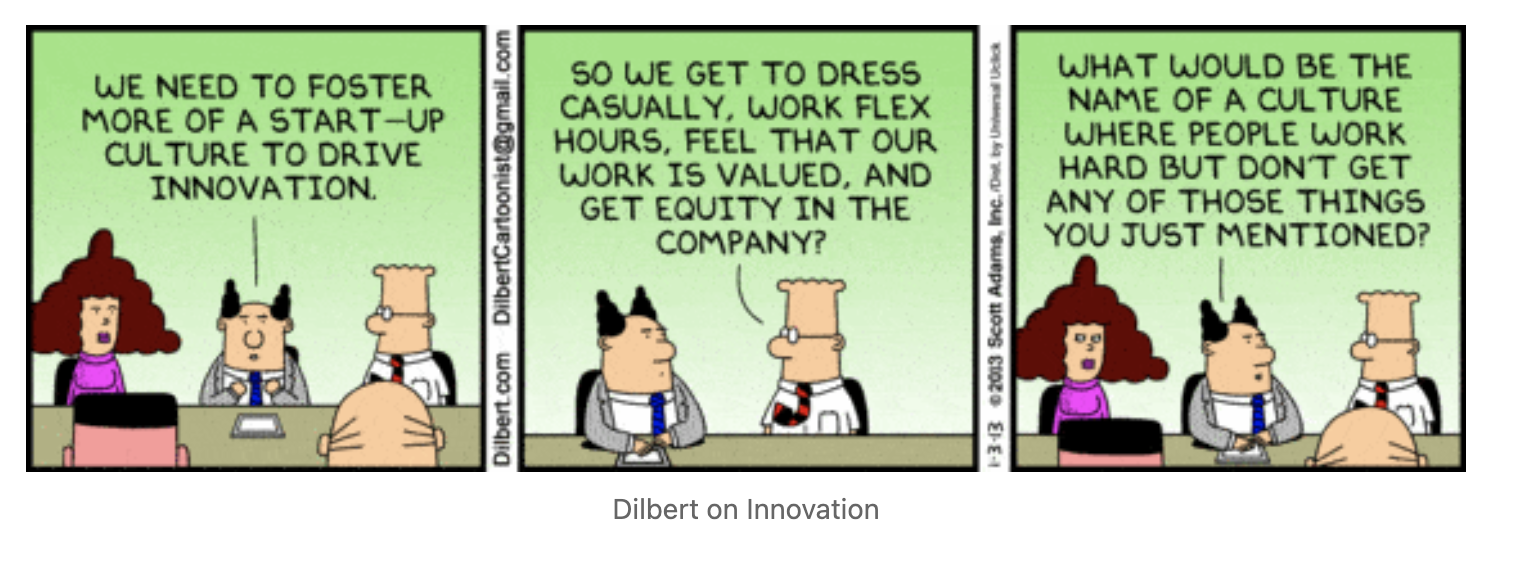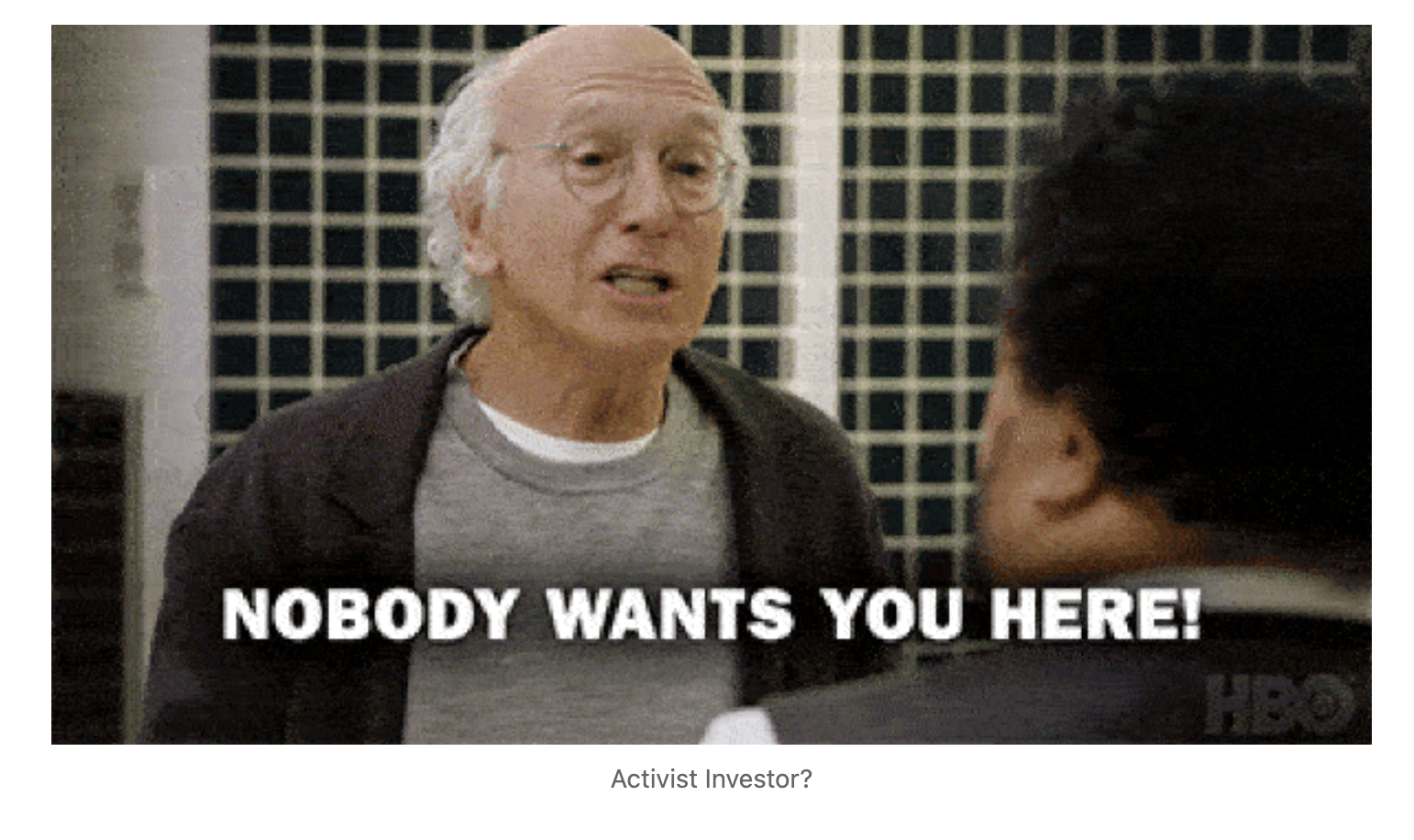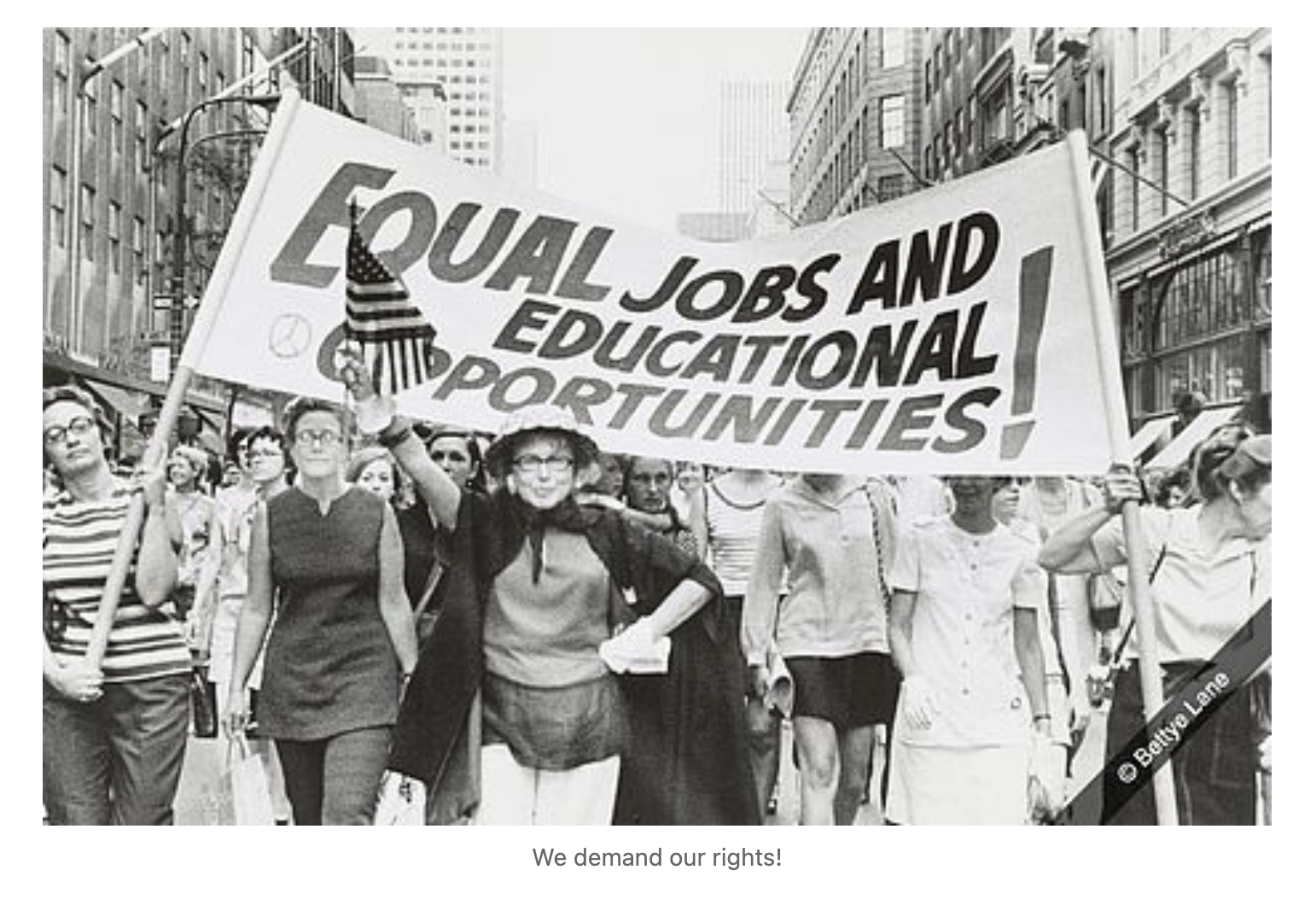Comments (1)
James
Wow! Powerful stuff!

As the world continues to undergo rapid technological advancements and societal changes, the way we work and conduct business is also evolving.
From the traditional paper-based work of the 1950s to the cloud-first mentality of today, companies are constantly adapting to remain competitive and meet stakeholder expectations. This article aims to delve into the evolution of work over the decades and the varying approaches taken by organizations to drive innovation and collaboration.
I wanted to take some time out to write about the next generation of work.
No, I’m not talking about how chatgpt will have your bot talk to my bot while our jobs are moved to "The cloud". Nor am I referring to how working from the metaverse replaces working from home, office or bathtub.
What I’d like to talk about is the shift of work gradually post-1950s when Alfred Sloan’s Management Principles were brought into the mainstream to more organizations adopting work processes pioneered by the likes of General Motors, GE, Toyota Motor Corporation and the Mittelstand companies.
Rapid progress and applications of management theory coupled with other factors such as globalisation, free trade agreements and increased affordability of air travel helped many conglomerates achieve high growth not just in North America but also in Europe and Asia that are still going strong today.
In the US, social activism in the 1960s pushed forward demands for environmental and labour standards. Reductions in social welfare, state intervention and regulations also facilitated the increased role of private organisations in modern day commerce.

There are still varying degrees of productivity methods and tools being applied at workplaces, ranging from the “move [fail] fast and breaks things” culture at startups to corporates claiming“we’re a 20,000 person startup” to “we have to protect our stakeholders by taking minimal (i.e 0.01%) risk in the way we approach innovation” at government entities.
It’s safe to say that, at the C-Suite, most organisations have largely the same objectives ranging from Amazon’s Principles to Google’s “Don’t be evil”. Most organisations do want to deliver value to their stakeholders, make sure employees are well treated and have fair dealings with their suppliers. However it’s the culture of the organisation that makes this possible and the varying degrees to which this is applied, respected and measured.

While organisations like to set values that are outwardly visible, it’s really Glassdoor and other similar forums that give outsiders (including shareholders and parties with vested interests who care to look) a sense of what really goes on inside and in which division and/or department.
I’ve not seen any studies examining what cause or effect Glassdoor or similar ratings have on a company’s share price, and I suspect most investors feel this sort of sentiment analysis is not as relevant as a firm’s three main financial statements, that is, income, cashflow and balance sheet. It's mainly new commercial developments which have a large impact as does the movement of key personnel.
Hiring staff in roles below the C-Suite doesn’t move the share price, but cumulatively these new joiners bring ideas, other staff, tools, methods, processes and industry (intra- and inter-) experience with them.
These incremental improvements in time, result in greater performance levels which I am sure are the subject of many business graduate, mba and undergraduate case studies but more concentrated to private equity applications rather than public markets for example with activist investors.

In any case, the friction largely stems from the disconnect between the alignment of stakeholder expectations, such as customers, owners, employees, management, and suppliers, and the need for firms to address economies of scale and specific functional outcomes.
1950s - Employees come to work, get paid a salary, work is largely paper based and information sharing across operations is relatively low.
1960s -1970s - Think Madmen. Neoliberalism. Work becomes more fun and the growth of higher margin service sector firms starts to emerge.

1980s - 2000s - Now work becomes globalised and more connected. Email is introduced which is a significant step up from voicemail
Work 4.0:
2010s - 2020s: Introduction of cloud platforms for documentation, messaging, task / workflow management and data processing become more prevalent.
Some firms still seem "stuck" in the email / meeting / local document culture whereas “cloud first” type organisations have wholeheartedly embraced the #collaborativeenvironment.
Some sectors have transformed more than others for example; #Healthcare, #Infotech and #ConsumerDiscretionary and some, such as #Transportation and #Utilities less so.
While these areas do not cover all the aspects of a modern day workplace, and for many organisations, the COVID-19 pandemic accelerated the move to digital, many organisations are reverting to old habits and have not adopted new workplace habits as effectively as organisations with stronger innovation and collaboration cultures have done.
Understanding who the key stakeholders are, and how to weigh (and measure) their expectations are increasingly questions the C-Suite should be asking.
Read more on the conceptual framework here;
Transformation of economic sectors and activities and effect on employment
Creation of new markets and new forms of work through digital platforms
Issues associated with big data (e.g. data protection),
Relationship between the use of human and machine labor (upskilling vs. deskilling, devaluation of experience, individual support vs. behavioral monitoring),
The possibility of flexible work conditions regarding time and location, and
Profound changes in the structures of organizations
Another reference are Atlassian who unsurprisingly have also explored this evolution.
The evolution of work has been a continuous process, shaped by various economic, social, and technological factors over the decades.
The recent acceleration of digital transformation due to the recent pandemic and the rise of generative artificial intelligence have forced many organizations to rethink their approach to work and adopt new practices to stay competitive.
It's important to state that not all companies have been equally successful in embracing these changes, and the key to success lies in understanding the expectations of all stakeholders and creating a culture of innovation and collaboration.
As we are moving into the next era of work, it will be interesting to see how organizations continue to evolve and adapt to the changing nature of work.
Wow! Powerful stuff!
Salman is a Chartered Financial Analyst and heads up the Tech Team at Thomson Reuters in Singapore. He has led over 20 risk, trading and technology implementations from start to finish over his career. As the Head of the Tech Team at Thomson Reuters, Salman combines his rare skill set of strong knowledge in technology and finance to formulate unique solutions. He holds a degree and a number of professional qualifications in the fields of Computer Science, Machine Learning, Big Data and Technology from King's College London, Imperial College and the Massachusetts Institute of Technology.
Leave your comments
Post comment as a guest